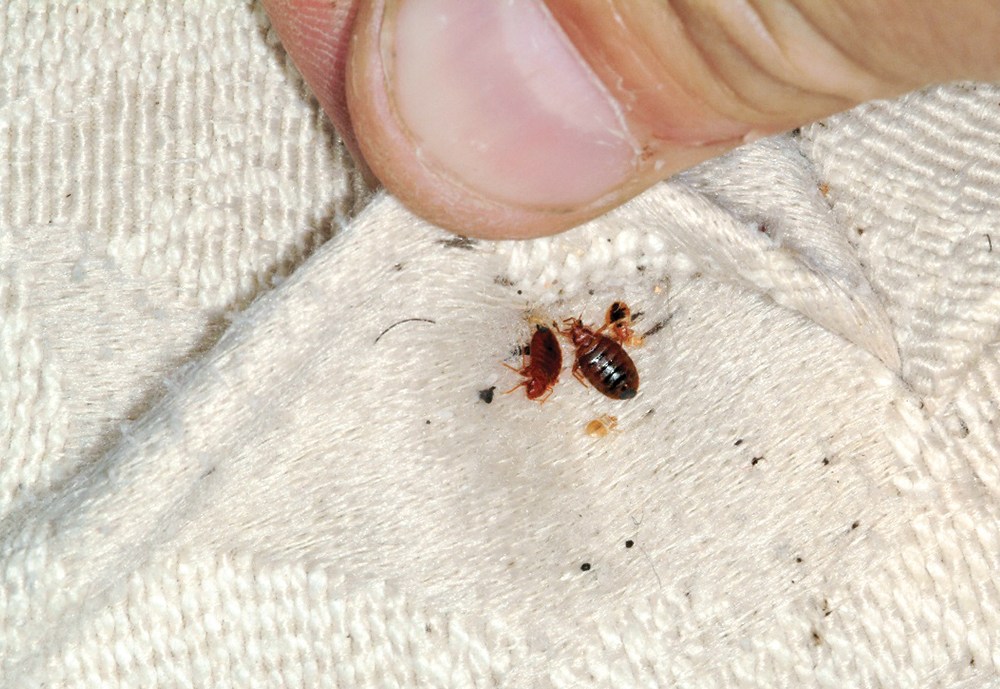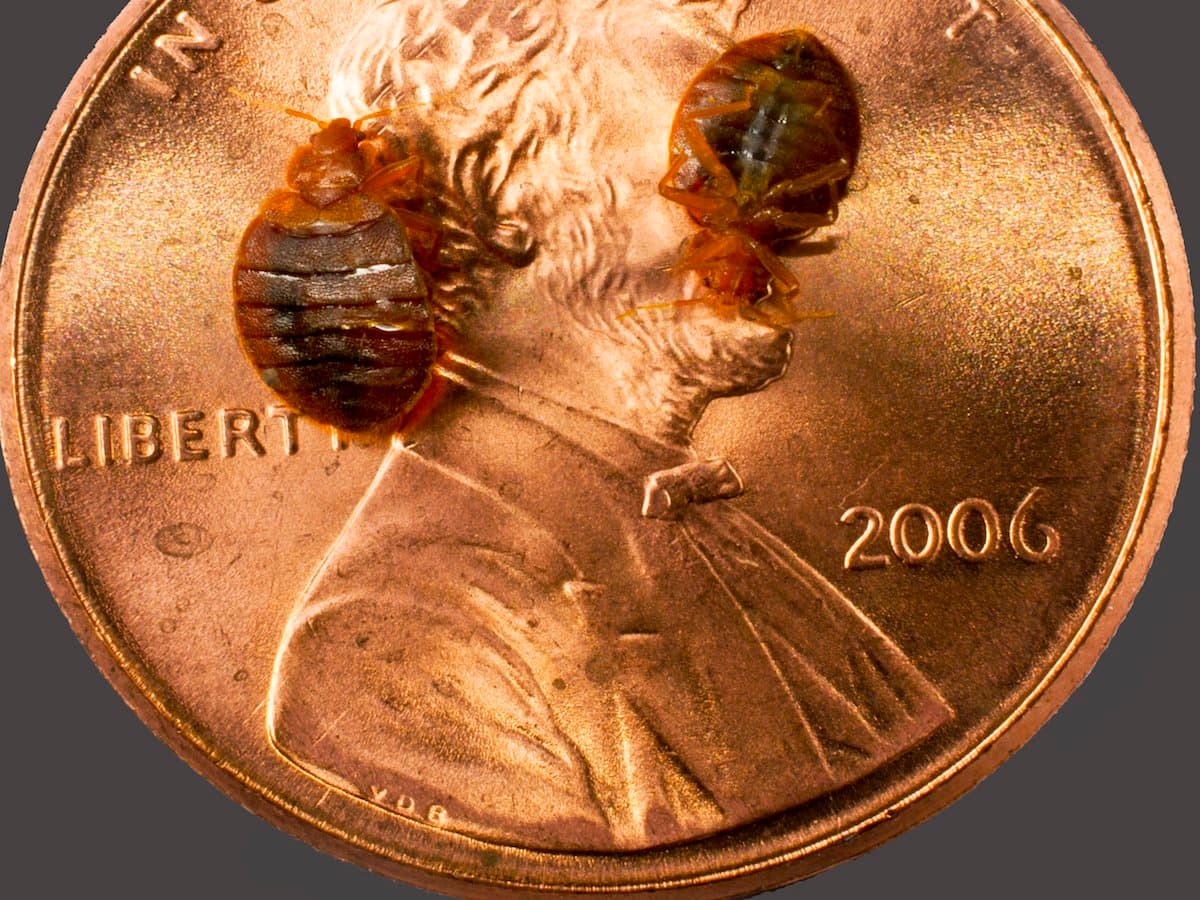Reliable A1 Bed Bug Treatment Houston - Remove Bed Vermin
Reliable A1 Bed Bug Treatment Houston - Remove Bed Vermin
Blog Article
Recognizing the Lifecycle of Bugs for Targeted Control Methods
Recognizing the lifecycle of bugs is a basic facet of efficient insect management strategies. By understanding the numerous stages of advancement that insects undergo, an extra exact and targeted technique can be embraced to regulate their populations. This understanding not only loses light on the susceptabilities within the parasite lifecycle yet likewise paves the means for carrying out tactical measures that can interrupt their development and reproduction cycles. With a deeper understanding of just how bugs flourish and evolve, customized control methods can be developed to attend to certain points in their lifecycle, inevitably causing more effective pest monitoring outcomes.
Significance of Recognizing Pest Lifecycle
Understanding the lifecycle of bugs is vital for creating effective and targeted control techniques in bug monitoring. By comprehending the different stages an insect undergoes from egg to adult, bug control specialists can recognize weak spots in the lifecycle where intervention can be most effective. Understanding when larvae are most energetic can help identify the optimal timing for applying larvicides. Furthermore, comprehending the life-span of a parasite varieties can aid in forecasting populace development patterns and possible problem risks.
Furthermore, recognizing the particular environmental conditions needed for each and every phase of the insect's lifecycle can guide choices on environment modification or exclusion approaches to lower and disrupt the lifecycle parasite populaces. This understanding allows pest administration professionals to execute proactive measures instead than relying only on reactive treatments, bring about more long-term and sustainable insect control services. Inevitably, a comprehensive understanding of parasite lifecycles equips insect control professionals to tailor their methods effectively, reducing environmental effects and making best use of control outcomes.
Trick Stages in Bug Development
To efficiently execute targeted control techniques in insect management, an important aspect lies in adequately recognizing and recognizing the crucial stages in pest development. Bug growth commonly consists of several crucial phases that are vital for their lifecycle and management.

Vulnerabilities in Pest Lifecycle
Throughout the numerous stages of a parasite's lifecycle, unique vulnerabilities arise that can be purposefully targeted for efficient control actions. One important vulnerability hinges on the egg phase, where insects are usually much more at risk to specific insecticides or biological control representatives due to their soft outer covering, making them easier targets for intervention. In addition, the nymph or larval stage provides susceptabilities as pests undertake rapid growth and growth, calling for high energy usage that can be made use of by interrupting their food resources or presenting development inhibitors. Pupal stages, defined by stability and makeover, offer a window for targeted control through physical barriers or certain therapies that prevent effective emergence. Grown-up insects, while a lot more resistant due to their reproductive capacity, can still be vulnerable during mating or egg-laying tasks, which can be disrupted through pheromone traps or sterilization techniques. Recognizing these vulnerabilities in the insect lifecycle is crucial for creating specific and effective control approaches that properly take care of bug populaces while lessening environmental effect.
Implementing Targeted Control Procedures

Executing targeted control measures usually includes a multi-faceted approach. This may include habitat modification to make the atmosphere less congenial to parasites, such as getting rid of standing water for insect control or securing access factors for rats. Furthermore, biological control approaches can be used, where all-natural killers or microorganisms are presented to keep bug populaces in check.
Chemical control, such as the cautious application of chemicals, is an additional common method. Nonetheless, it is vital to utilize these substances carefully to decrease ecological impact and potential damage to non-target types. Integrated Pest Management (IPM) methods that incorporate numerous control actions in a collaborated and sustainable way are commonly one of the most reliable in attaining lasting bug monitoring objectives. By applying targeted control measures based on a complete understanding of pest lifecycles, bug populations can be successfully regulated while decreasing threats to human wellness and the setting.
Improved Parasite Management Practices

In addition, the consolidation of organic control agents, such as all-natural predators or virus of pests, can aid decrease dependence on chemical pesticides and promote a more balanced community. Executing physical obstacles and catches can also become part of boosted insect monitoring methods, using safe and targeted services for parasite control. Additionally, using pheromones and other semiochemicals can interfere with pest breeding patterns and communication, resulting in decreased insect populaces over time.
Conclusion
By recognizing vital stages in insect growth and vulnerabilities in their lifecycle, targeted control steps can be applied to reduce bug populations. Improved insect monitoring techniques can assist decrease the reliance on broad-spectrum chemicals and promote more lasting and ecologically friendly pest control approaches.
Recognizing the lifecycle of insects is crucial for creating efficient and targeted control strategies in bug administration. By comprehending the numerous phases an insect goes via from egg to grownup, insect control professionals can recognize susceptible factors in the lifecycle where intervention can be most effective. Ultimately, a complete understanding of insect lifecycles encourages insect control experts to tailor their approaches efficiently, minimizing environmental impacts and taking full advantage check my site of control end results.
By executing targeted control measures based on a thorough understanding of insect lifecycles, parasite populations can be effectively managed click this while decreasing dangers to human wellness and the atmosphere.
By identifying vital phases in parasite development and susceptabilities in their lifecycle, targeted control actions can be executed to decrease bug populations.
Report this page